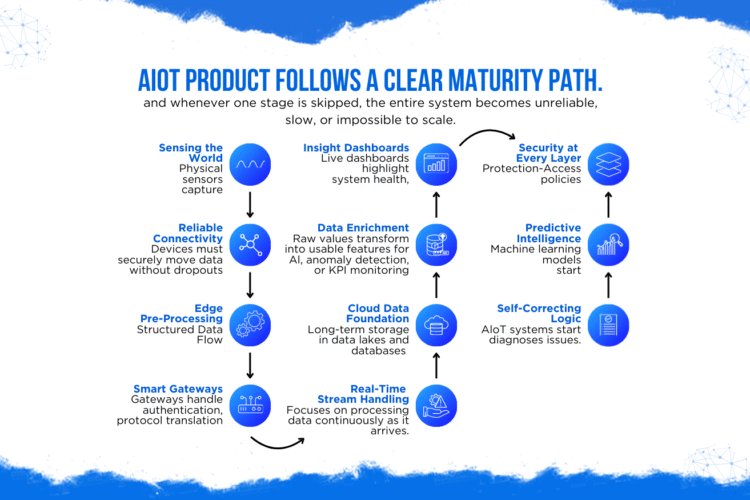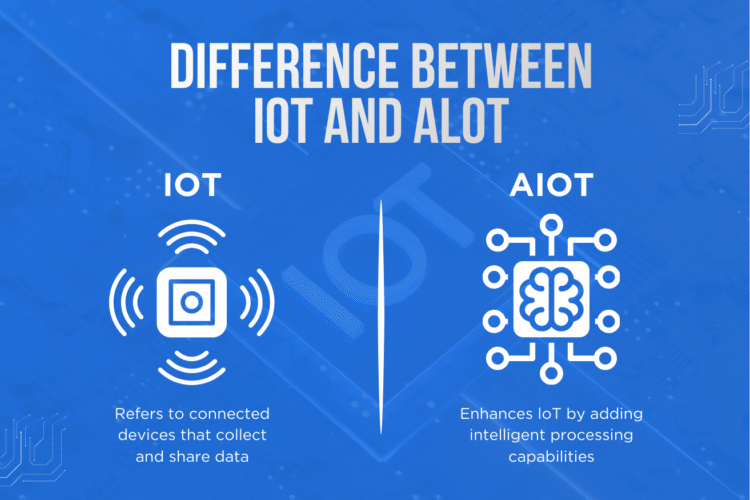
The Future of RTOS: Why Zephyr is Gaining Momentum in IoT
In the rapidly evolving world of the Internet of Things (IoT), selecting the right Real-Time Operating System (RTOS) is crucial for building efficient, scalable, and secure embedded systems. While traditional RTOS options like FreeRTOS have been popular choices, Zephyr RTOS is emerging as a powerful contender, offering a modern, open-source solution tailored for IoT applications.
What is Zephyr RTOS?
Zephyr is an open-source, real-time operating system designed for connected, resource-constrained, and embedded devices. It is hosted by the Linux Foundation and supports multiple architectures, including ARM, RISC-V, x86, and more. Zephyr provides a small footprint, real-time performance, and a comprehensive set of features suitable for IoT devices, wearables, automotive embedded systems, healthcare, and worker safety electronic equipment .
Key Features of Zephyr RTOS
- Real-Time Performance
Zephyr offers deterministic real-time performance, ensuring that tasks are executed within specified time constraints. This is essential for applications where timing is critical, such as industrial automation and automotive systems .
- Modular and Scalable Architecture
Zephyr’s modular design allows developers to include only the necessary components, optimizing resource usage. Its scalability makes it suitable for a wide range of devices, from simple sensors to complex edge gateways .
- Broad Hardware Support
Zephyr supports over 600 boards and a wide variety of microcontroller architectures, including ARM Cortex-M, RISC-V, and x86. This extensive hardware support enables developers to choose the best platform for their specific application needs .
- Comprehensive Connectivity Options
Zephyr provides built-in support for various networking protocols, including IPv4, IPv6, 6LoWPAN, TCP, UDP, HTTP(s), MQTT, and CoAP. It also supports Bluetooth Low Energy (BLE) 5.0, Thread, and USB, making it ideal for IoT applications requiring robust communication capabilities .
- Security and Safety
Zephyr incorporates security features such as secure boot, cryptographic libraries like mbedTLS, and memory protection mechanisms. These features help ensure the integrity and confidentiality of data, which is vital for IoT devices deployed in critical environments .
Zephyr vs. FreeRTOS: A Comparative Overview
|
Feature |
Zephyr RTOS |
FreeRTOS |
|
License |
Apache 2.0 |
MIT |
|
Architecture Support |
ARM, RISC-V, x86, Xtensa, SPARC, and more |
Primarily ARM Cortex-M |
|
Networking Support |
Extensive (IPv4, IPv6, BLE, Thread, MQTT) |
Limited (basic TCP/IP stack) |
|
Security Features |
Built-in secure boot, mbedTLS, memory protection |
Basic security features |
|
Community Support |
Large, hosted by the Linux Foundation |
Large, maintained by AWS |
|
Use Cases |
Complex IoT applications, edge devices |
Simple, single-purpose devices |
While FreeRTOS is known for its simplicity and low overhead, Zephyr offers a more feature-rich environment suitable for complex IoT applications requiring advanced networking and security capabilities .
Why Choose Zephyr for Your IoT Projects?
- Open-Source and Vendor-Neutral: Zephyr’s open-source nature ensures transparency and flexibility, allowing developers to customize the OS to meet specific requirements without vendor lock-in.
- Active Community and Ecosystem: Being hosted by the Linux Foundation, Zephyr benefits from a vibrant community of developers and contributors, ensuring continuous improvement and support.
- Future-Proof Solution: With its growing adoption and support for emerging technologies, Zephyr is poised to be a leading choice for IoT applications in the coming years.
MetaDesk’s Expertise with Zephyr RTOS
At MetaDesk, we have been working with Zephyr RTOS for several years, integrating it into embedded devices across platforms like STM32, nRF52, and ESP32. Our experience with Zephyr allows us to build energy-efficient, powerful, and scalable IoT solutions for clients across various industries.
Conclusion
Zephyr RTOS is rapidly gaining momentum in the IoT space due to its real-time performance, modular architecture, broad hardware support, and comprehensive connectivity options. As the IoT landscape continues to evolve, Zephyr offers a robust and future-proof solution for developing connected devices. At MetaDesk, we are committed to leveraging Zephyr RTOS to deliver innovative and reliable IoT solutions to our clients.
If you’re interested in exploring how Zephyr can enhance your IoT projects, let’s connect and discuss how we can assist you in integrating Zephyr into your embedded systems.




